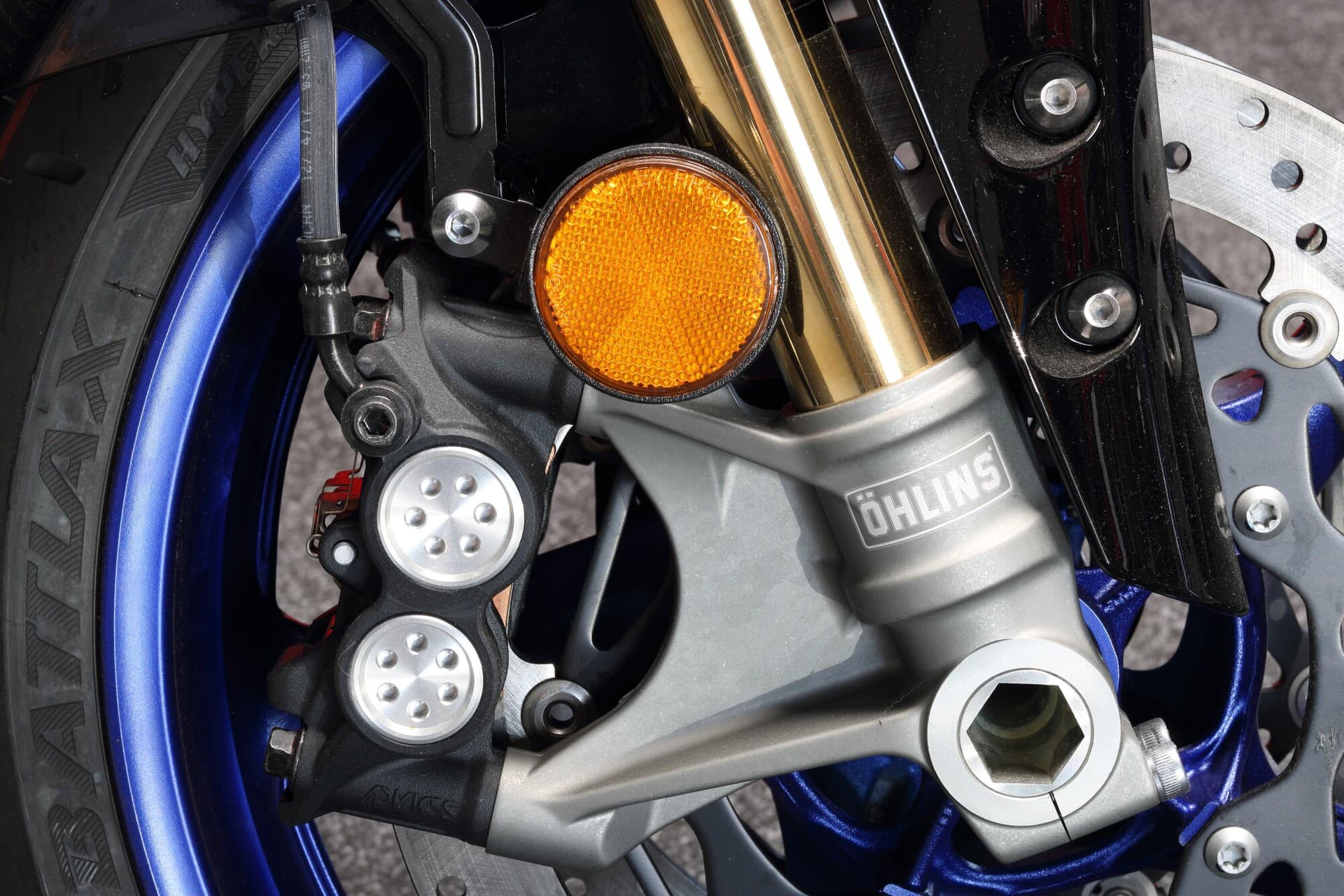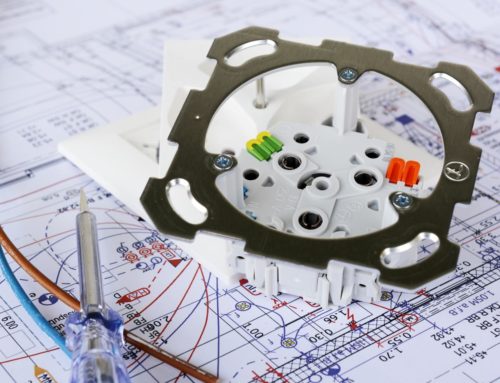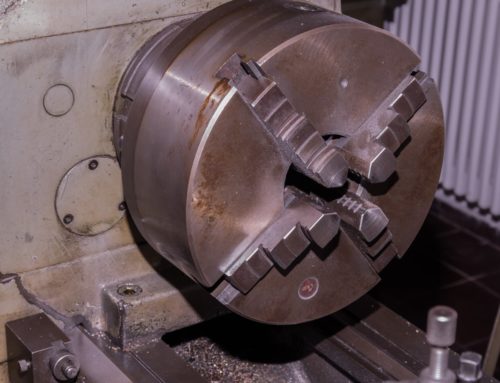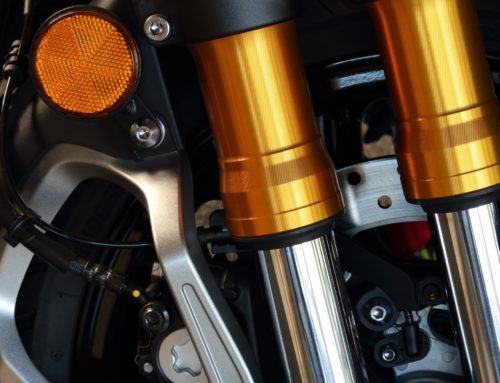Have you ever wondered what the applications are of electric motor brakes? Most think that brakes are only for motor vehicles but think again! Electric motor brakes are vital for many types of machines and systems, and they are relied on to keep important moving functioning properly.
If you wondered about electric motor brakes, keep scrolling. In this article, we are going over the purpose, types, and common applications of electric motor brakes.
Purpose of Electric Motor Brakes
The main responsibility of motor brakes is holding a load on a machine or stopping an electric motor from moving. Electric brakes use friction between mating surfaces, which generates the necessary torque for stopping.
Electric motor brakes are used in applications where moving parts need to stop instantly. This is the main difference compared to mechanical brakes, which stop gradually.
Types of Electric Motor Brakes
There are many types of electric motor brakes, but they fall under two general categories. Spring set and electrically set.
Spring Set
Spring set brakes work by applying torque when the power is disconnected. The brake is then disengaged through hydraulic, pneumatic, or electromagnetic means.
These brakes work best for hold applications or rapid motor braking. Spring set brakes are often used for fail-safe applications for machines.
Electrically Set Brakes
Electrically set brakes work by using the opposite function of spring-set brakes. Rather than applying brake torque when power is disconnected, electrically set brakes apply torque as long as power is present. These brakes actuate via a magnetic coil.
You’ll see these brakes in action in soft release and high-cycling applications.
Commonly Used Brake Types
Now that we’ve covered spring set and electrically set brakes let’s take a look at common brakes used that fall under these categories.
DC Brakes
DC brakes are an example of spring-actuated brakes that function using electromagnetics. These types of brakes are known for requiring less maintenance and needing fewer adjustments.
They use no linkages or solenoids and offer adjustable torque.
Three Phase Brakes
Three-phase brakes work similarly to DC brakes in that they are spring-actuate. But, instead of using electro-magnets, they use electric coils for stopping power or braking an engine.
What to Consider When Selecting Electric Motor Brakes
If you are planning on purchasing electric motor brakes, there are many things you need to consider before selecting one. You’ll need to consider how much RPM the electric motor is, its cycle rate and how much of its power supply is available.
You’ll also need to keep in mind accessibility mounting constraints and space available around the motor for easier installation. Do you need help selecting an electric motor brake that’s right for your application? If so you can count on us to answer any of your questions when it comes to electric motor brakes.
Contact us, and we can point you in the right direction for your specific needs.






